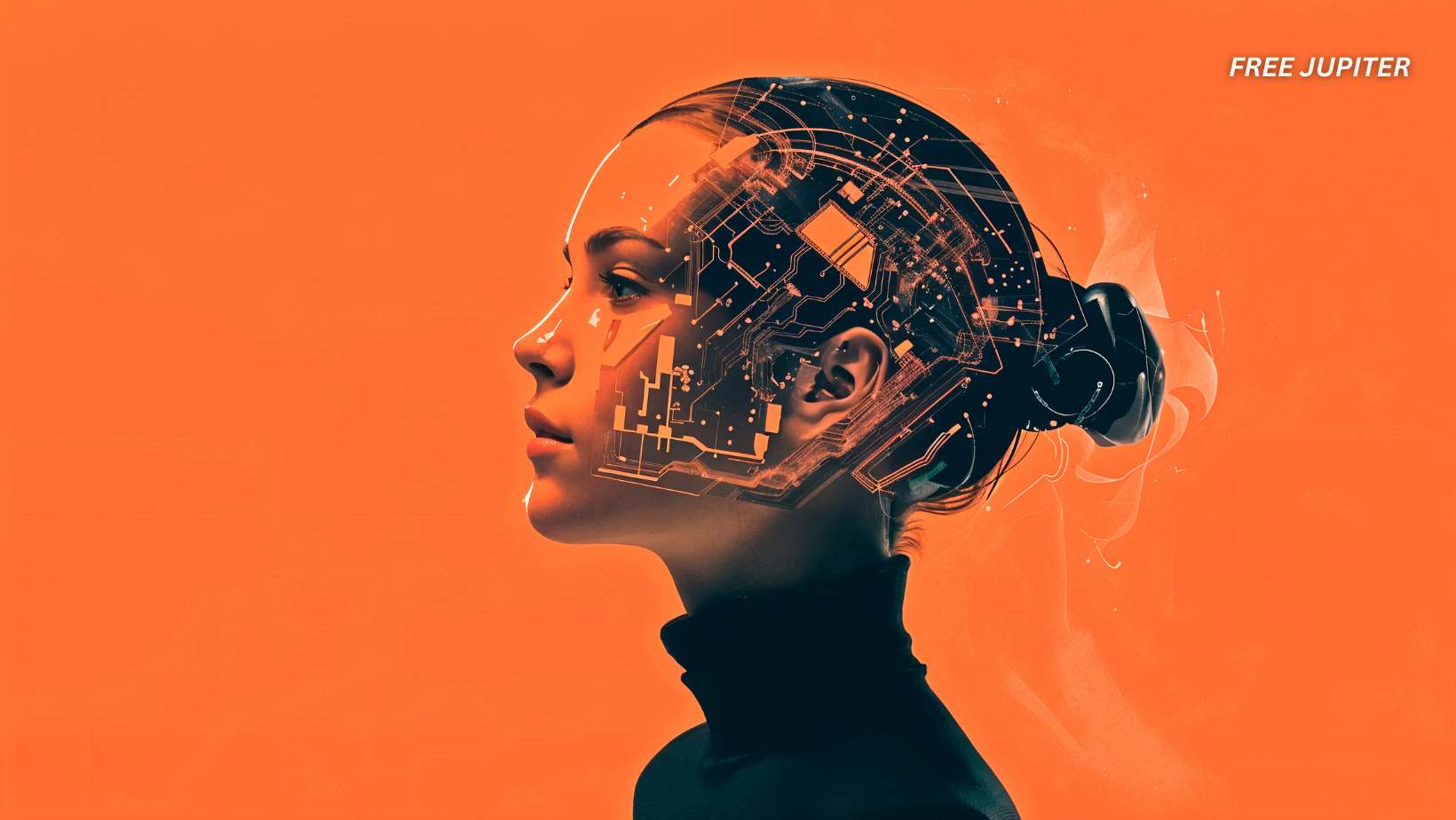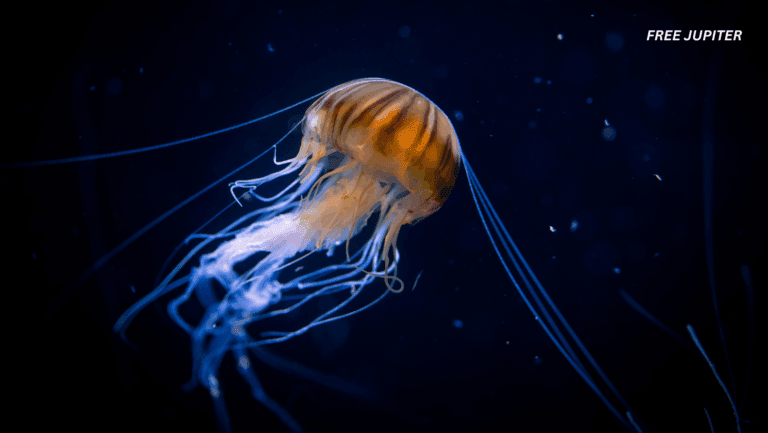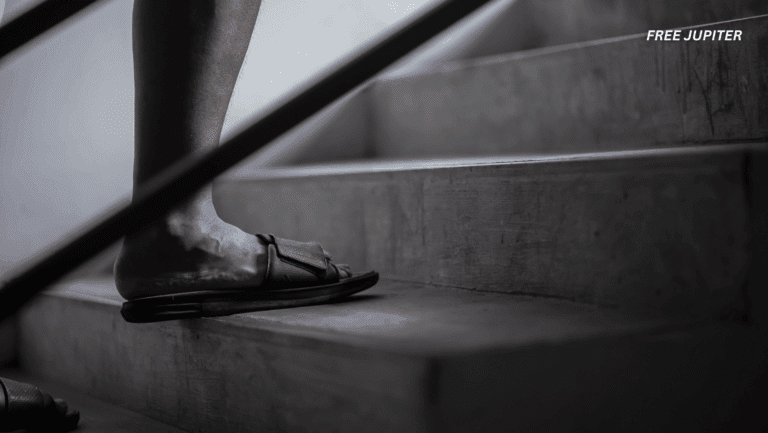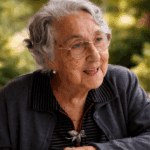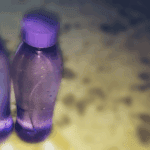Friendly Note: FreeJupiter.com shares general info for curious minds 🌟 Please fact-check all claims—and always check health matters with a professional 💙
A powerful artificial intelligence developed by Google has managed to crack a scientific mystery that took human researchers an entire decade to figure out. Even more astonishing? It did it in under 48 hours.
This isn’t a case of researchers being slow or unmotivated. Quite the opposite. The problem they were working on is one of the biggest threats in modern medicine: superbugs—bacteria that are resistant to antibiotics. These microscopic menaces are responsible for some of the deadliest infections, and figuring out how they evolve and spread has baffled scientists for years.
Professor José R. Penadés, a microbiologist at Imperial College London, led the research team that spent ten painstaking years trying to get to the bottom of it. They worked in labs, ran countless experiments, published papers, and tested theories. Eventually, they landed on a compelling explanation. It was a breakthrough—but a hard-won one.
Then came the twist: a friendly test of a new AI tool blew the whole thing wide open in less than two days.
Meet the AI That Outsmarted the Clock
Professor Penadés was curious about how far AI had come, especially in science. So, just for fun—or maybe intuition—he decided to pose his decade-long research problem to Google’s latest AI tool. He didn’t give it the full data set or a copy of his papers. Just a simple prompt, vaguely describing the scientific puzzle they had wrestled with for years.
What came back stunned him.
Within 48 hours, the AI returned several possible answers to his problem. And right there at the top of the list? A theory that was nearly identical to the one he and his team had finally proven after years of work.
“I was out shopping when I saw what the AI had come up with,” Penadés told the BBC. “I asked the person I was with to give me some space—I needed time to process what I was seeing.”
At first, Penadés thought something fishy might be going on. Had the AI somehow snooped into his files? Had it read unpublished drafts?
He emailed Google directly: “You don’t have access to my computer… right?”
The response? A firm no. The AI hadn’t cheated. It hadn’t read his work. It had simply—unbelievably—reached the same conclusion all on its own.
Read more: Even After You Lose Weight, Your Fat Cells Retain A Special Memory Of Being Obese
What’s the Big Mystery About Superbugs, Anyway?
Let’s back up a bit.
Antibiotics are like the superheroes of medicine. When you get a bacterial infection—say, strep throat or pneumonia—antibiotics come to the rescue and wipe out the invaders.
But sometimes, bacteria develop ways to outsmart these drugs. These antibiotic-resistant strains are known as superbugs. They’re hard to treat, spread easily, and can turn a routine infection into something life-threatening.
Penadés and his team were investigating how exactly these superbugs get their powers. More specifically, they were trying to figure out how some bacteria become able to jump between different species—say, from animals to humans—and carry antibiotic resistance with them.
Their theory was that bacteria were stealing “tails” from viruses. These tails act like microscopic grappling hooks or passkeys, allowing the bacteria to attach to and invade different types of cells across species. In simpler terms, imagine bacteria borrowing a tool from a virus that lets them sneak into homes (bodies) they normally wouldn’t be able to enter.
Penadés described it as giving bacteria new “keys” that unlock new doors—letting them spread in ways they shouldn’t naturally be able to.
The wild part? This theory was never published or made public before the AI test. And yet, the AI not only echoed it—it came up with four additional theories, one of which the research team had never considered. They’re now investigating that new idea, too.
AI as a Co-Scientist: Partner, Not Replacement
The idea of artificial intelligence working alongside human scientists might sound like something from a futuristic novel, but it’s quickly becoming our reality. However, despite the sci-fi vibes, researchers like Professor Penadés are making one thing very clear: AI isn’t here to replace scientists—it’s here to supercharge them.
Think of AI not as a genius robot that knows everything, but as a colleague with an enormous mental library and an uncanny ability to spot patterns. It doesn’t take your job; it just helps you do it faster, better, and maybe even a little smarter.
In the case of Penadés and his team, the AI wasn’t conducting lab experiments, writing journal articles, or peering into microscopes. It wasn’t sweating through years of trial and error or navigating the emotional rollercoaster that comes with high-stakes research. What it did do was take the mountain of available scientific data, chew through it in record time, and generate hypotheses that would have taken humans months or even years to formulate on their own.
That’s a pretty big deal.
Read more: A ‘Zombie’ NASA Satellite Woke Up After 60 Years—And It Sent Out A Powerful Radio Pulse
From Tedious to Transformative
In modern science, researchers often find themselves bogged down by information overload. With thousands of studies published every day across dozens of fields, no human can possibly keep up with it all. But AI? It thrives in data chaos. It can sift through oceans of research, identify relevant patterns, and present them in digestible, sometimes brilliant, forms.
This means scientists can skip the needle-in-a-haystack phase and jump straight into testing the most promising ideas. In short, AI is becoming the ultimate brainstorm buddy, always ready with suggestions that are grounded in data, not just hunches.
Creative Thinking, Human Touch
But let’s be clear: AI doesn’t replace the spark of human creativity. It doesn’t dream up ideas from pure imagination, or make ethical decisions, or question why a certain path should or shouldn’t be pursued. It can offer suggestions, yes—but it’s still up to human researchers to decide what’s meaningful, ethical, and worth investigating further.
In fact, AI might even enhance human creativity by challenging researchers to think in new ways. When the AI returned several superbug hypotheses, including one the scientists had never even considered, it wasn’t just flexing its computational muscles—it was nudging the team to widen their perspective. That’s where the magic happens: when machine insights push human curiosity into uncharted territory.
A New Scientific Workflow Is Emerging
With tools like these, we’re seeing the early stages of a new kind of scientific workflow. Traditionally, research followed a slow and linear path: observation, hypothesis, testing, analysis, and eventually (hopefully) a conclusion.
But AI can now help at nearly every stage of that journey. Need help identifying a pattern in your data? AI’s on it. Want suggestions for how to test your hypothesis more efficiently? AI has a few. Looking for research papers you may have missed that could support or contradict your idea? AI already read them last night.
And in fields like drug discovery, climate modeling, genetics, and space exploration—where problems are complex and the stakes are sky-high—having an AI co-scientist can be the difference between inching forward and making leaps.
Read more: Scientists Uncover A Natural Way to Restore Vision
A Whole New Game for Science
Penadés says the moment felt like stepping into the big leagues.
“I feel like I’m playing in the Champions League now,” he said. “This is the future of science.”
And he might be right. With tools like this, researchers around the world could shave years off major discoveries. Instead of slowly chipping away at a problem, they could let AI point them toward the most promising paths right from the start.
The possibilities go far beyond superbugs. This same kind of AI could help in cancer research, climate science, genetics, and space exploration. Anywhere there’s a massive, complex problem that needs untangling, AI could become the world’s most unexpected—and most welcome—lab partner.
But at the end of the day, one thing remains true: it’s not just about the answers. It’s about the questions. And as long as humans stay curious, keep asking, and keep testing, science is in good hands—human, robotic, or otherwise.

